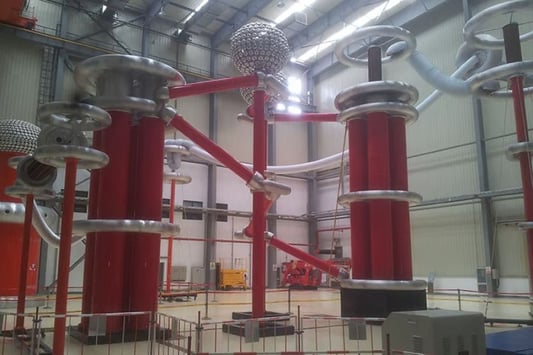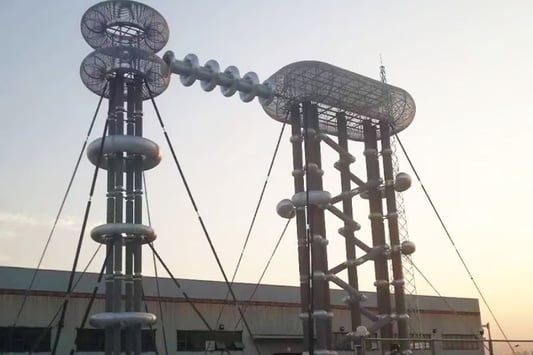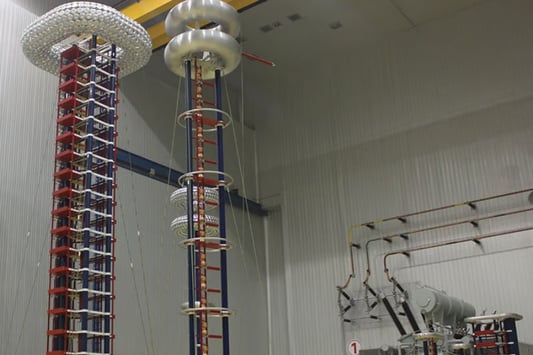Overview of High Voltage GeneratorsHigh voltage generators are essential components in various electrical systems. They are designed to convert low voltage input into high voltage output, which is crucial for powering devices that require high voltage. These generators are commonly used in power plants, medical equipment, and scientific research applications.Working Principle of High Voltage GeneratorThe principle of a high voltage generator is based on the concept of electromagnetic induction. When an electrical current passes through a conductor, it creates a magnetic field around the conductor. This magnetic field can be used to induce a voltage in a nearby conductor, resulting in an increase in voltage. High voltage generators utilize this principle to generate high voltage output.Types of High Voltage GeneratorsThere are several types of high voltage generators, including Van de Graaff generators, electrostatic generators, and transformer-based generators. Each type has its own unique design and operating principles, but they all share the common goal of converting low voltage input into high voltage output efficiently.Components of High Voltage GeneratorA high voltage generator typically consists of a power source, an oscillator, a transformer, and a rectifier. The power source provides the initial low voltage input, which is then amplified by the oscillator and transformer to produce high voltage output. The rectifier ensures that the output voltage is stable and suitable for powering electronic devices.Applications of High Voltage GeneratorsHigh voltage generators are used in a wide range of applications, including X-ray machines, laser systems, particle accelerators, and high voltage testing equipment. They play a crucial role in powering devices that require high voltage for their operation, making them indispensable in various industries.Importance of Safety MeasuresDue to the high voltage output produced by high voltage generators, safety measures must be strictly followed when operating these devices. Proper insulation, grounding, and regular maintenance are essential to prevent electrical hazards and ensure the safe operation of high voltage generators.Factors Influencing High Voltage GenerationSeveral factors can influence the generation of high voltage by a generator, including the design of the generator, the quality of components used, and the efficiency of the power source. Proper calibration and optimization of these factors are crucial for achieving reliable high voltage output.Advancements in High Voltage Generator TechnologyWith advancements in technology, high voltage generators have become more efficient, compact, and reliable. Modern high voltage generators incorporate advanced features such as digital controls, automatic voltage regulation, and remote monitoring capabilities, making them easier to operate and maintain.Future Trends in High Voltage Generator DevelopmentThe future of high voltage generators is likely to see further advancements in efficiency, reliability, and integration with smart grids and renewable energy systems. Researchers are exploring new materials and technologies to improve the performance and scalability of high voltage generators for future applications.ConclusionIn conclusion, the principle of high voltage generators is rooted in electromagnetic induction, where low voltage input is converted into high voltage output. These generators play a vital role in various industries and applications, powering devices that require high voltage for their operation. With ongoing developments in technology, high voltage generators are expected to continue evolving to meet the growing demands of modern electrical systems.Quote InquiryContact us!










